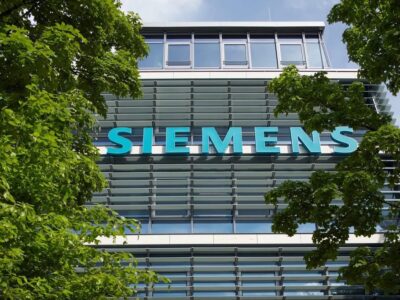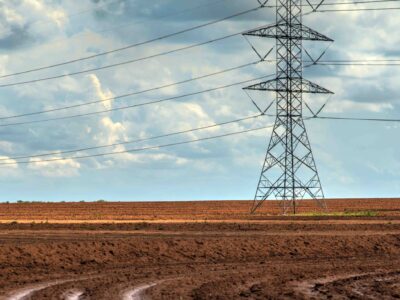Colorado is one of the fastest-growing states in the country. For many, moving to Colorado is about spending more time outdoors and enjoying the Centennial State’s bountiful state and national parks. The population growth, however, mirrors an increase in traffic congestion and adverse climate effects. Denver, with its increasing brown winter smog, and Fort Collins recently landed in the top 20 most polluted cities in the U.S.
The Colorado Department of Transportation wants to ensure the state is always known for its big open skies, clean air, and wide-open highways. With this goal in mind, the state is making significant, sustainable changes using parts of the $916 million it will receive specifically for public transportation from the recent federal infrastructure bill — Colorado will use at least $180 million this year.
“Colorado could either use federal funding to dig the climate hole deeper with wider highways that bring more vehicles and all the emissions that come with them,” explained Matt Frommer, senior transportation associate at the Southwest Energy Efficiency Project. “Or we can use it to build out a connected multimodal transportation system with transit, biking, walking, and transit-oriented development.”
The state is picking the latter.
Colorado has made it a goal to cut greenhouse gas emissions in half in the next eight years and by 90% by 2050, using its new Greenhouse Gas Pollution Reduction Roadmap.
With studies showing that transportation accounts for at least a quarter of those emissions, it’s clear the state needs to make the biggest changes in that sector.
As the population soars past 6 million, people need options other than single-passenger cars. Substantial funding will go to Bustang, the state-wide bus transportation system. In just four years, the popular system has taken 100,000 vehicles off the highway and reduced annual emissions by almost a half million metric tons. Funding for improvements will continue this trend.
The bulk of the monies will head to Denver, Colorado Springs, and Fort Collins, with an emphasis on putting more electric vehicles on the road and increasing biking and walking safety and options. A critical component is ensuring that traditionally-underserved lower-income neighborhoods have access to public transportation.
“There’s an awareness at the state and local level of the importance of getting [electric bikes] in the hands of folks,” says Jack Todd, Bicycle Colorado’s Director of Communications and Policy. “They’re really starting with low-income populations to do that.”
Todd developed the Can Do Colorado eBike Program, which makes electric bikes and helmets free for anyone in Denver, Durango, Fort Collins, Boulder, and Pueblo County. Short program trials have already significantly reduced Denver’s carbon emissions. The capital city is also working on a free rideshare program that will use only electric and hybrid cars and trucks.
In addition to the $916 million for public transportation, Colorado will receive $688 million for cleaner drinking water, $35 million for wildfire management, and $57 million for an electric vehicle charging network. Colorado’s funding is a part of a new, $20 billion bipartisan law designed to improve and expand American transit from coast to coast.





